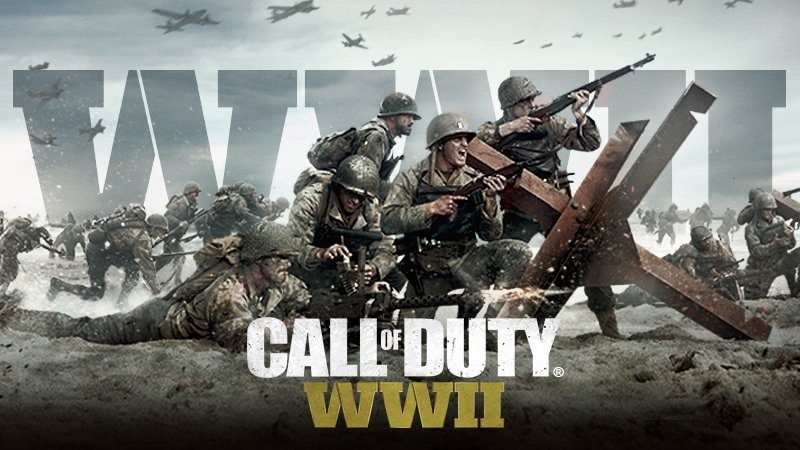

Overall, teamwork is a nice substitution for technology. It’s a tradeoff, as I found I had to stay close to them to redeem their perks, limiting my movement a bit. Daniels’ teammates each have an item ability – ammo, grenades, enemy callouts, artillery strikes, first aid kits – that charges up as you kill enemies, and they certainly pulled their weight as I called on them to resupply me in battle.


Instead of relying on exosuits and drones for assistance to turn you into a one-man army, you depend on a squad to behave like an actual army. But WW2 doesn’t leave you high and dry when it comes to equipment and options. It’s refreshing: it felt good to be a little grounded, vulnerable, and have a less flashy HUD. It does require a bit more patience in identifying targets, more accurate shooting without the assistance of a variety of high-tech scopes and sights, and it tacks on a campaign exclusive health bar for Daniels that requires constant attention, but enemies still drop fast and I still needed to keep constantly moving to stay alive. Taking a step away from a long stint of futuristic shooters – including last year’s far-future Infinite Warfare – this Call of Duty understandably loses a lot of the past games’ verticality and speed, but that’s not to say that combat is slow. “The 1944 European setting definitely provides for an interesting Call of Duty experience.


 0 kommentar(er)
0 kommentar(er)
